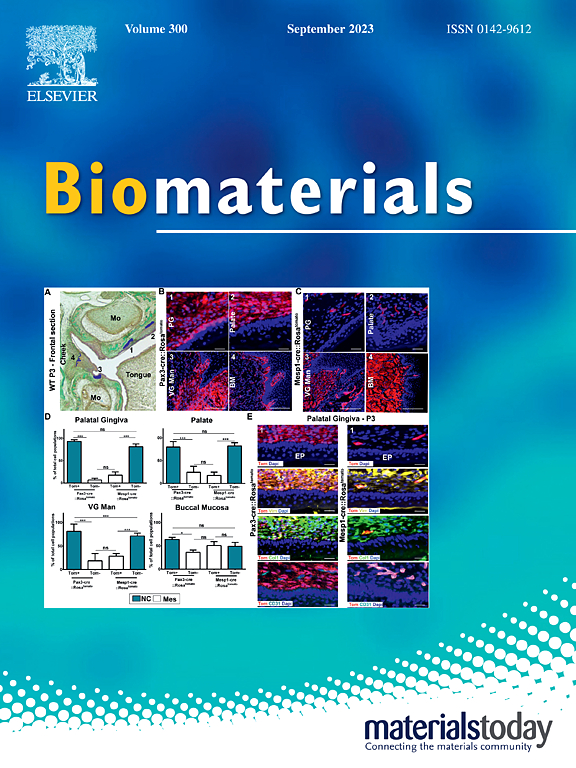
Two-year clinicoradiographic results of biodegradable V titanium nail for pediatric forearm fracture .
Intramedullary nailing of forearm shaft fractures by biodegradable compared with titanium nails: Results of a prospective randomized trial in children with at least two years of follow-up
Biomaterials. 2018 Dec;185:383-392. doi: 10.1016/j.biomaterials.2018.09.01135 pediatric patients with a closed, diaphyseal forearm fracture were randomized to fixation with either biodegradable intramedullary nailing (BIN) or titanium elastic static intramedullary nailing (ESIN). Patients were assessed after 2 years for results related to range of motion in forearm rotation, wrist elbow flexion-extension, wrist flexion-extension, fracture healing, radial and ulnar angulation, and incidence of complications, including implant failure and re-fracture. No significant differences were noted between groups in ranges of motion, and no case of nonunion was recorded in either group. Dorsal ulnar angulation and lateral radial angulation on radiograph at 2 years was significantly greater in the BIN group. In addition, two cases of implant failure and two cases of re-fracture were recorded, all in the BIN group.
Unlock the Full ACE Report
You have access to 4 more FREE articles this month.
Click below to unlock and view this ACE Reports
Unlock Now
Critical appraisals of the latest, high-impact randomized controlled trials and systematic reviews in orthopaedics
Access to OrthoEvidence podcast content, including collaborations with the Journal of Bone and Joint Surgery, interviews with internationally recognized surgeons, and roundtable discussions on orthopaedic news and topics
Subscription to The Pulse, a twice-weekly evidence-based newsletter designed to help you make better clinical decisions
Exclusive access to original content articles, including in-house systematic reviews, and articles on health research methods and hot orthopaedic topics
































































